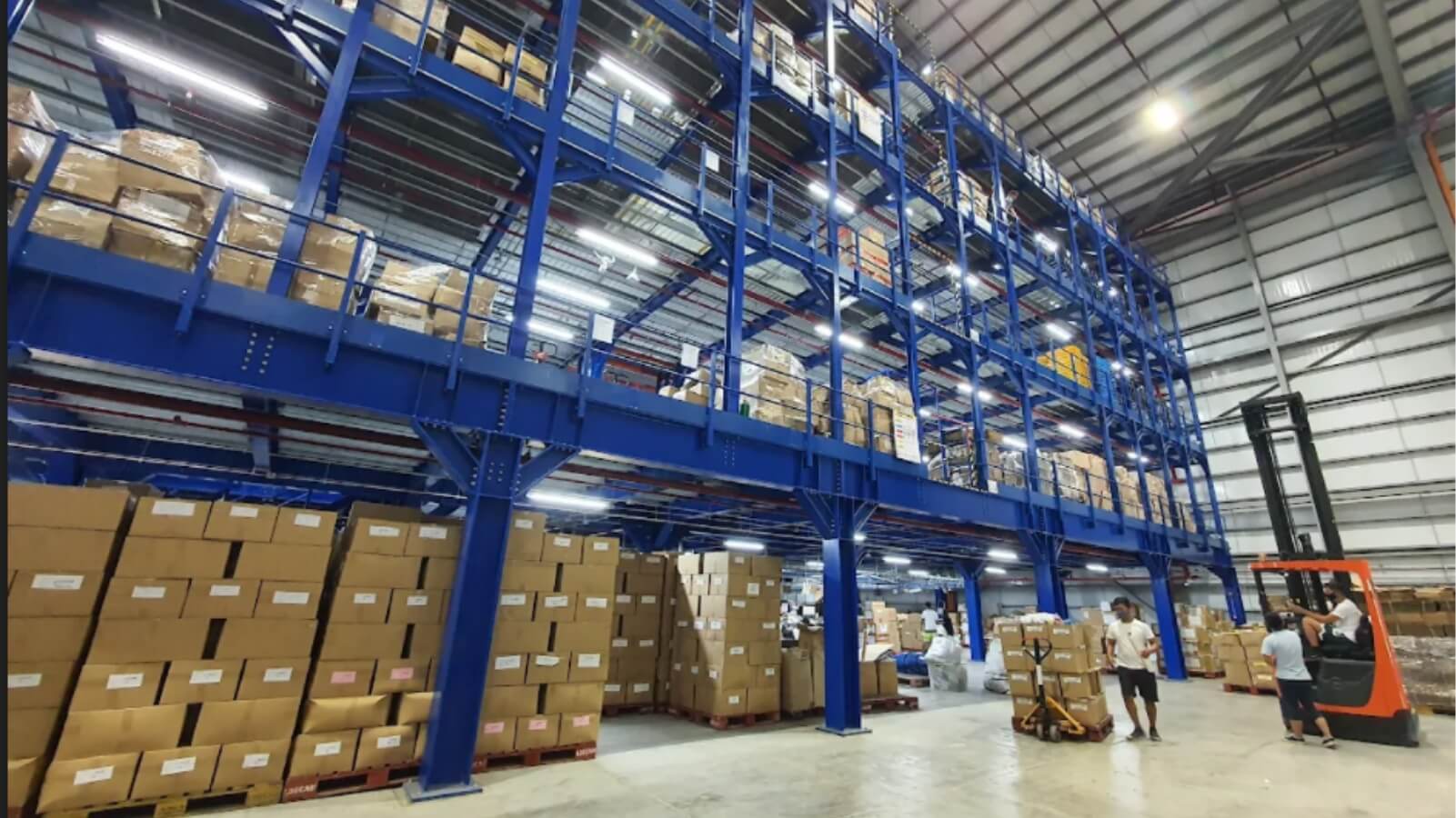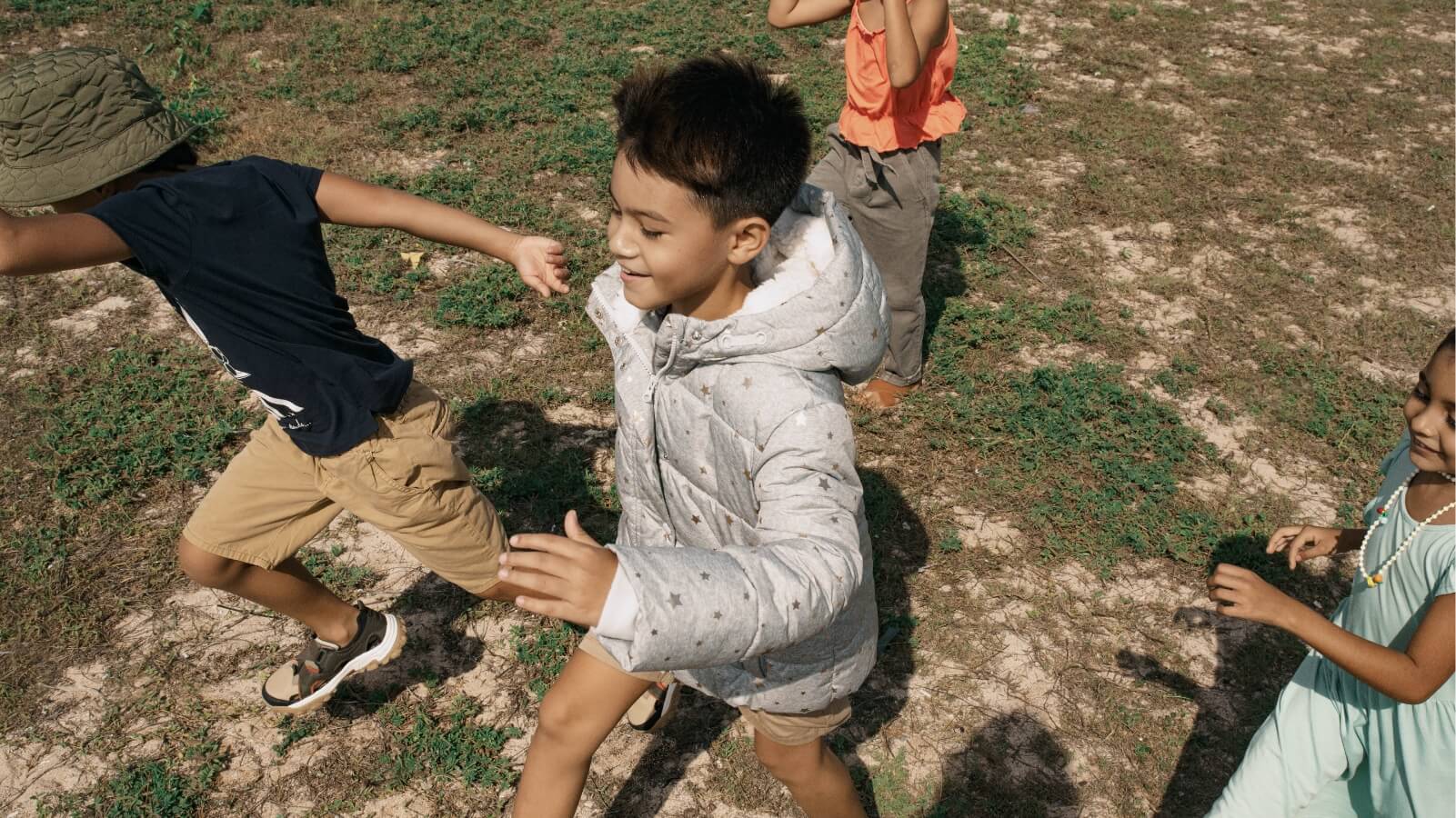
ZALORA recognises that we must take urgent action to combat climate change and transition to a low carbon economy. Through our achievements and the delivery of our 2030 Climate Action targets, ZALORA remains firmly committed to playing its role by reducing the overall carbon impact of our business.
By 2030, we are committing to a number of ambitious actions that will enable the delivery of the Science Based Targets of GFG, whose ZALORA is part of. The targets on the right-hand side form the basis of ZALORA’s Climate Action:
100%
Work with 3PL providers that provide at least 50% zero or low emissions methods (EV, bicycles, walking) for last mile delivery)
100%
Operating fulfillment centers and offices will be sourcing renewable energy
14%
Percentage of units sold that fulfill at least one Sustainable Product criteria
15%
Own-brand products made from preferred materials
5,000
Employee hours spent on community engagement
Our 2024 Performance
20%
Reduction in CO2 emissions* from our operations compared to 2023
(*per million NMV)
3.9%
Parcels delivered using zero / low emission methods (e.g. bicycle and walking deliveries)
9.2%
Units sold that fulfill at least one Sustainable Product criteria
11.1%
Own-brand products incorporate preferred materials
12.3%
Of 3PL providers that provide at least 50% zero or low emissions methods (EV, bicycles, walking) for last mile delivery
1293
Hours of employee volunteering in six markets

The first step towards delivering our Climate Action strategy was to obtain a comprehensive assessment of our impact across all our activities. Since 2020, ZALORA has annually assessed our global carbon footprint in accordance to the GHG Protocol methodology.
In 2024, the total greenhouse gas emissions emitted by GFG totaled 261,798 tonnes of CO2, and ZALORA was responsible for 28% of these emissions. The biggest driver of our emissions remains as purchased goods and services which are associated with the production of raw materials and the manufacturing of products that we sell. This is followed by product usage and end-of-life treatment of sold products. The remaining includes various emission sources such as downstream and upstream transportation, employee commuting, business travel, energy consumption and waste.
ZALORA strives to mitigate emissions associated with our operations, the raw materials and manufacturing processes of our products, as well as those from inbound and outbound logistics. This commitment is supported by our 2030 Climate Action targets.
LOWER CARBON LOGISTICS

Our inbound (from suppliers to ZALORA’s warehouse) and outbound (from ZALORA’s warehouse to customers) logistics represents our fourth largest source of carbon emissions, with air freight accounting for 61.8% of our total transport emissions in 2024.
In outbound logistics, we launched a low carbon last mile delivery option in Malaysia this year, while we also continue to expand our low or zero-carbon deliveries in Singapore, Indonesia and Hong Kong. As a result, we delivered more than 319,000 parcels by hybrid vehicles, electric motorbikes, bicycle or walking deliveries in 2024. Moving forward, we expect to further reduce our emissions from outbound transport by working with third party logistic partners who offer scalable low or zero emissions methods for last mile delivery. In addition, we implemented efforts to reduce emissions associated with product returns. We identified that a significant portion of customer returns were size-related and subsequently improved our sizing chart to be brand or sub-category specific, resulting in an overall percentage decrease in size-related returns.
RENEWABLES & ENERGY EFFICIENCY

As our warehouses are storage facilities that use minimal machinery, they are not energy intensive to operate. In total, our five warehouse facilities consumed about 2.7 million of kWh in 2024, with spaces fitted with efficient LED lighting, air conditioning inverters and motion sensors.
We also recognise that transitioning our energy source to renewable energy is critical to reducing our reliance on fossil fuels. As part of this process, we are working closely with our warehouse partners to assess the feasibility of solar photovoltaic panel installation on the rooftop of our facilities, in order to be able to tap on on-site solar energy for our daytime operations.
PRODUCTS MADE FROM
PREFERRED MATERIAL
The most significant environmental impact of the fashion industry lies in the raw material production. Increasing the proportion of products made from lower impact materials is an essential component of ZALORA’s strategy to mitigate our carbon and environmental impacts. Focusing on ZALORA’s direct impacts, transitioning our own-brand products to be made from less environmentally impactful materials remains an important priority.
To guide our team in the sourcing of lower impact fabrics, ZALORA uses a Preferred Materials Benchmark, which was adopted from The Textile Exchange, a global non-profit with members from a growing number of brands, manufacturers and farmers driving beneficial impacts on climate and nature across the fashion, textile, and apparel industry.

To further inspire a shift towards shopping associated with a lower carbon impact, we collaborate with third party brands available on our platforms to provide greater visibility of products made from organic, recycled or responsibly sourced materials (e.g. organic cotton or recycled nylon) and via production methods associated with lower environmental impact (e.g. products certified free of harmful chemicals). This transition makes a contribution to the reduction of our carbon footprint and the related products accounted for 9.2% of our total sold units in 2024.
COMMUNITY PARTNERSHIPS
& EMPLOYEE VOLUNTEERING

Leveraging our Southeast Asian presence, ZALORA empowers employees to choose local causes, prioritizing environmental protection and social welfare through volunteering and philanthropy.
ZALORA e-donation drives continued and expanded their outreach offering our customers the opportunity to donate to 10 organisations across Malaysia and the Philippines.
In 2023, ZALORA expanded its employee volunteering activities to six local markets, including Singapore, Malaysia, Indonesia, Philippines, Hong Kong and Vietnam, achieving a total of 1293 volunteering man hours. We are determined to contribute positively to environmental protection and aim to achieve 5,000 employee volunteering hours by 2030.
EMPLOYEES’ SUSTAINABILITY AWARENESS
We believe that engaging with employees on our sustainability journey is key to the long-term success of ZALORA’s sustainability strategy. As employees transitioned to a remote/hybrid working environment in 2020, we developed ZALORA’s Green Work from Home (WFH) Guidelines which includes recommendations on how they can contribute to a lower impact way of working while being at home. The guide outlines tips such as powering down their electronics at the end of the work day, optimising cooling, using natural lighting and practicing the 5R’s - refusing, reducing, reusing, repurposing and recycling - as any action - big or small - makes a difference to reduce the impacts on natural ecosystems. The Green WFH Guidelines complements our Green Office Guidelines established the same year, forming a holistic set of guidelines for a dynamic workplace.
Through internal communication, we also ensure that our employees are kept informed of ZALORA’s sustainability performance and strategy. In 2021, we conducted a survey to understand our employees’ perception of ZALORA’s management of our social and environmental impacts and the results showed their confidence in the actions we are taking in regard to sustainability.
Have a question about our sustainability strategy, or simply wish to contact us?


